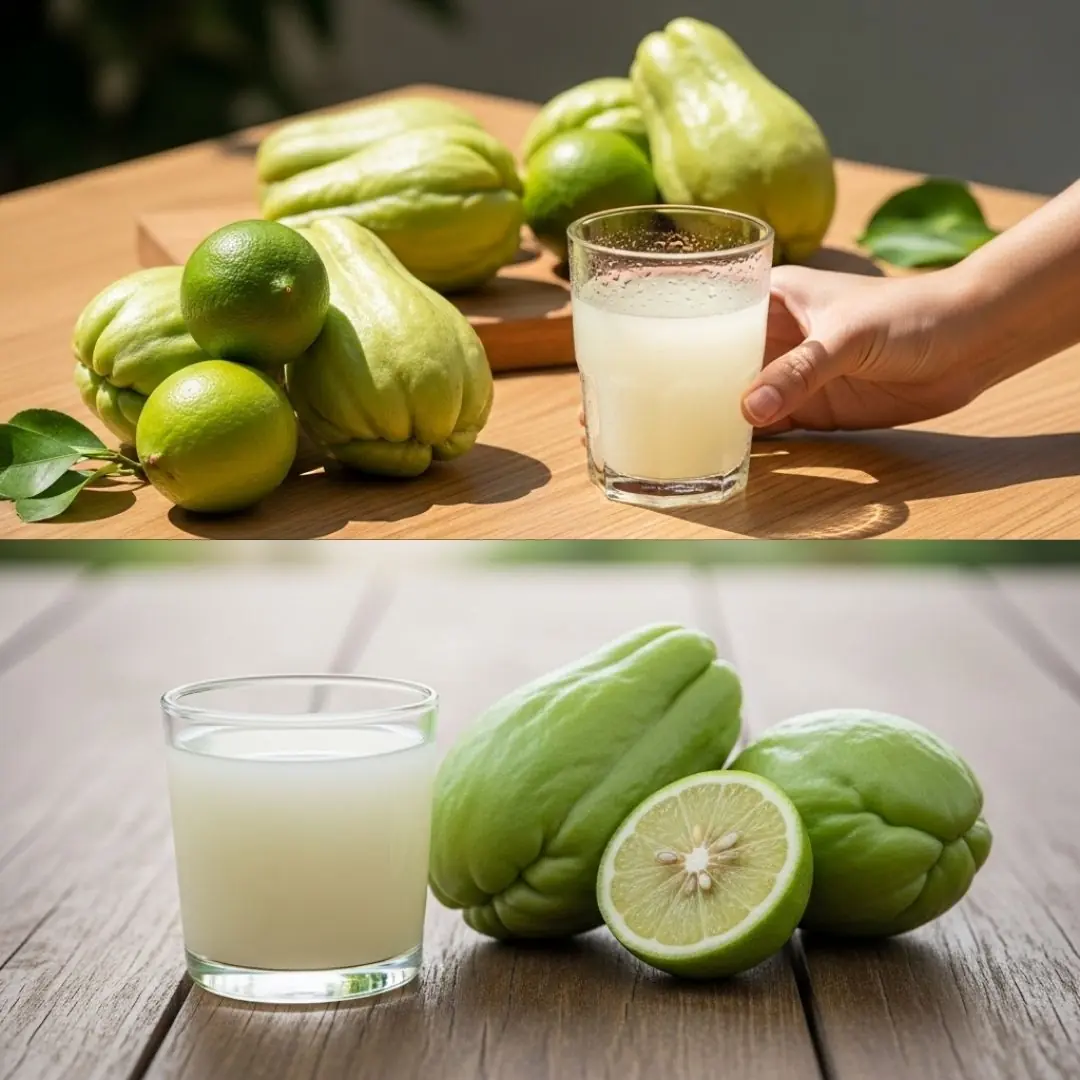
The Secret Superfood Hiding in Your Backyard: Why Common Mallow Will Blow Your Mind
Have You Met This Backyard Superfood? Discover the Hidden Health Benefits of Common Mallow
Have you ever strolled through your garden or walked past a green patch and wondered whether any of those wild plants might be secretly powerful? One of them might be common mallow—a humble, often-overlooked plant that’s brimming with surprising health benefits. While many mistake it for a mere weed, common mallow is actually a nutritional treasure trove with healing properties that could easily elevate your wellness routine. From calming inflammation to strengthening your immune system, this plant is more than meets the eye.
Let’s explore what makes common mallow so special, how to identify it, and creative ways to include it in your daily diet.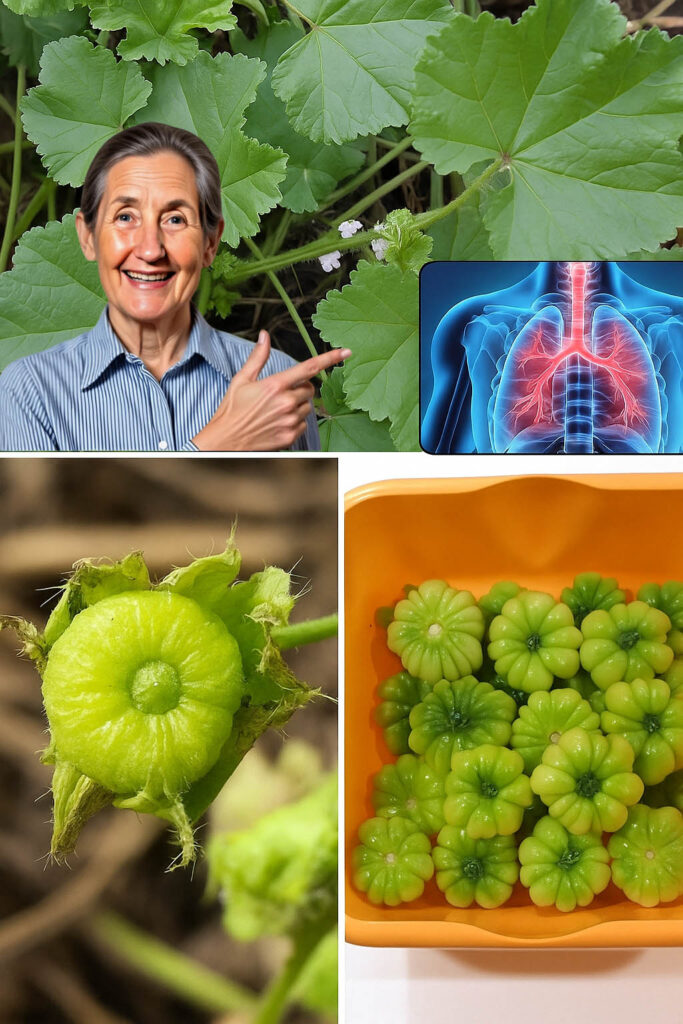
What Exactly Is Common Mallow?
Common mallow, or Malva sylvestris, is a leafy green herb that grows freely in yards, gardens, abandoned lots, and even in the cracks of sidewalks across North America and Europe. With soft, rounded leaves and delicate purple-pink flowers, it's often overlooked—or worse, pulled out as a weed. But historically, mallow has been revered for its medicinal qualities for centuries. Ancient Greeks, Romans, and various Indigenous cultures used it in teas, poultices, and tonics for a wide range of ailments.
Nutritionally, mallow is rich in vitamins A, C, and E, calcium, magnesium, potassium, and antioxidants. According to the USDA, it also contains high levels of dietary fiber and mucilage—a gel-like substance that helps protect and soothe the body’s internal tissues. These nutrients make mallow more than just edible—it’s a potential wellness ally growing right outside your door.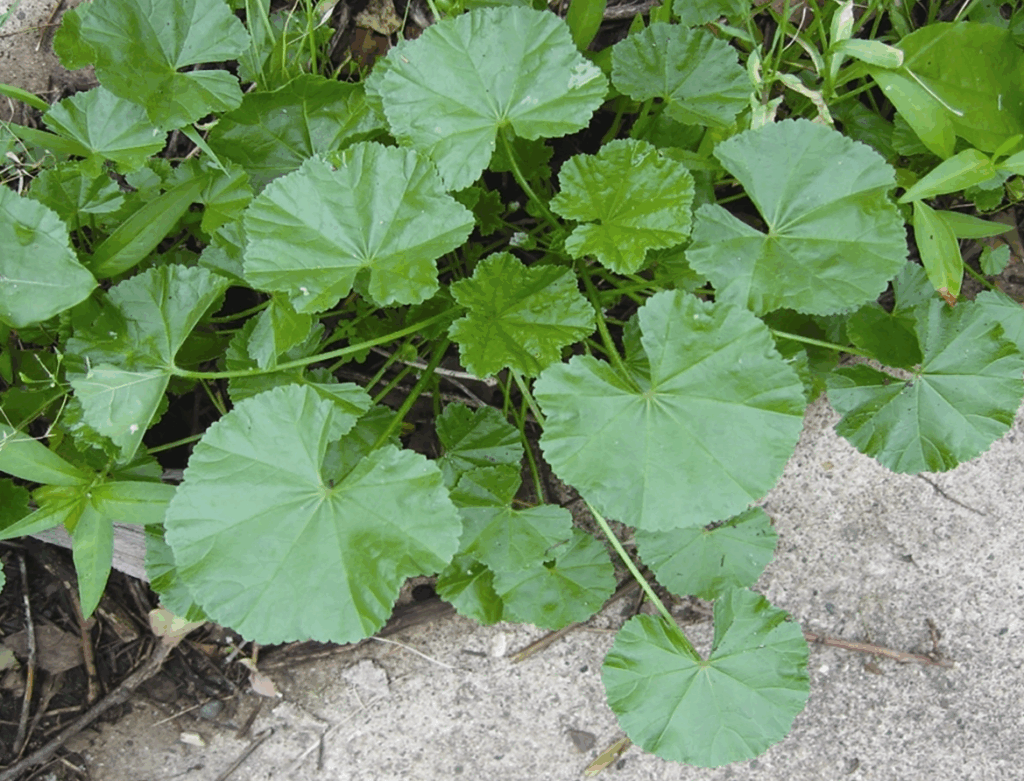
The Impressive Health Benefits of Common Mallow
While common mallow may look unassuming, its health benefits are anything but. Here’s how incorporating mallow into your routine can help:
-
Reduces Inflammation Naturally: Mallow contains anti-inflammatory flavonoids and polyphenols, which can help reduce swelling, pain, and irritation—both internally and externally. According to research published in the Journal of Ethnopharmacology, compounds in mallow may relieve sore throats, swollen gums, or inflamed skin.
-
Aids Digestive Comfort: The mucilage in the leaves and roots acts as a soothing agent in the digestive tract, helping to ease constipation, acid reflux, and stomach irritation. Herbalists have long used it to calm ulcers and irritable bowel symptoms.
-
Boosts Immune Function: High levels of vitamin C and plant antioxidants help fight off infections and strengthen the immune system, especially during the colder months when viruses are more prevalent.
-
Nourishes and Protects the Skin: When applied topically, mallow’s soothing and hydrating properties can help with eczema, bug bites, minor burns, or sun damage. It’s often found in natural skincare formulations for its calming effect.
-
Supports Respiratory Health: Mallow tea has traditionally been used as a natural remedy for coughs and bronchitis. Its mucilaginous compounds help coat the throat and lungs, reducing irritation and dryness.
-
Fights Oxidative Stress: Thanks to its abundance of antioxidants like anthocyanins, common mallow may help combat cellular damage caused by free radicals—supporting longevity and overall vitality.
With such a wide range of benefits, this plant is a worthy addition to any holistic health plan.
How to Identify and Safely Harvest Common Mallow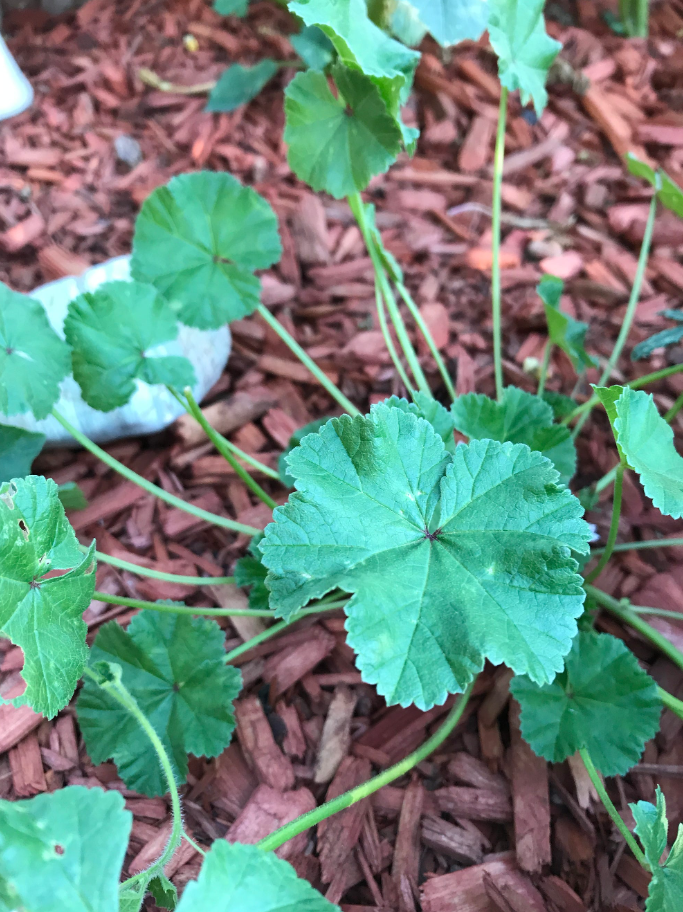
Before you start foraging, proper identification is key. Some plants can look similar but be harmful or toxic.
Here’s how to identify common mallow:
-
Leaves: Rounded or kidney-shaped with five to seven lobes; soft and slightly hairy to the touch.
-
Flowers: Typically small and purple or pink with darker veins, blooming from early summer to late fall.
-
Height: Grows low to the ground or up to 3 feet tall, depending on conditions.
-
Stems: Sturdy and slightly woody at the base, often covered in soft hairs.
-
Habitat: Found in sunny or partly shaded areas—lawns, roadsides, gardens, or disturbed soil.
Harvesting Tips:
-
Pick young leaves and flowers in the morning for maximum freshness and flavor.
-
Use clean scissors and avoid areas near busy roads or chemically treated lawns.
-
Always wash the plant thoroughly to remove dirt, insects, or pollutants.
-
If you’re unsure about identification, consult a local botanist or use a plant ID app like PictureThis or PlantNet.
Delicious Ways to Add Common Mallow to Your Diet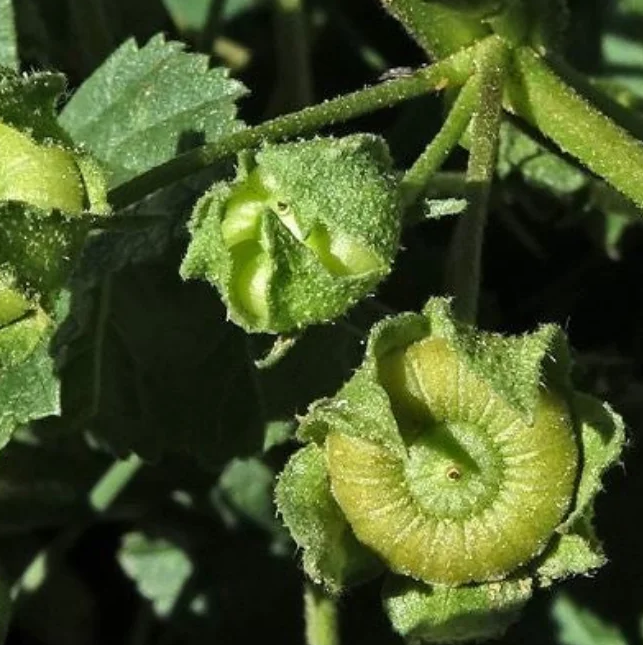
The best part? Mallow is not only medicinal—it’s also edible and versatile in the kitchen. It has a mild, slightly grassy flavor that pairs well with both savory and herbal dishes. Here are a few easy ways to enjoy it:
-
Mallow Tea: Steep a handful of fresh or dried mallow leaves in hot water for 10–15 minutes. It’s soothing for sore throats and digestion. Add lemon or honey to taste.
-
Smoothie Add-In: Blend mallow leaves with fruits, greens, and a splash of almond milk for a nutrient-rich green smoothie.
-
Salad Greens: Use tender young mallow leaves raw in salads. They mix beautifully with spinach, arugula, cherry tomatoes, and a lemon vinaigrette.
-
Soup or Stew Thickener: Add chopped mallow to soups, stews, or broths. It helps thicken the consistency while boosting nutrition.
-
Pesto Alternative: Create an herbal pesto using mallow leaves instead of (or alongside) basil, blended with garlic, nuts, olive oil, and lemon juice.
-
Herbal Wraps: Use the large leaves as edible wraps, like grape leaves, to hold grains, veggies, or proteins.
Start with small servings to ensure your body tolerates it well, especially if you’re prone to allergies.
Safety Tips and Precautions
While mallow is considered safe for most people, it’s always wise to take a few precautions:
-
Check for Allergies: Start with a small amount and monitor your body’s reaction. Some people may experience mild sensitivities.
-
Consult with Your Doctor: If you’re pregnant, breastfeeding, or taking medications (especially diuretics or blood thinners), speak with your healthcare provider first.
-
Avoid Toxic Mimics: Plants like nightshade or henbane may resemble mallow at first glance but are poisonous. Double-check using a guidebook or plant app.
-
Practice Safe Foraging: Avoid areas exposed to pesticides, herbicides, or vehicle pollution. Rinse all harvested plants thoroughly with clean water.
Why Common Mallow Is a Smart and Sustainable Superfood
In addition to its nutritional profile, common mallow is an environmentally friendly choice. It grows abundantly in most temperate climates without fertilizers, pesticides, or much water. That means it requires very few resources to thrive, making it a low-impact alternative to store-bought greens.
According to the EPA, foraging edible plants like mallow contributes to biodiversity and helps reduce the carbon footprint associated with commercial agriculture. By incorporating local wild plants into your diet, you’re not only nourishing your body—you’re also supporting a healthier planet.
And best of all? It’s free. No need for packaging, transport, or shelf space. Mallow is nature’s gift—waiting just beyond your doorstep.
Embrace the Power of Mallow in Your Daily Life
Common mallow is so much more than a weed. It’s a nutrient-rich, eco-friendly powerhouse that supports your health in multiple ways—from your digestive system to your skin. With its mild taste, wide range of uses, and accessibility, it’s an easy plant to incorporate into your meals, remedies, and routines.
So next time you see this modest green plant growing near your garden path, take a closer look. It might just be the superfood you didn’t know you needed.
Give it a try: Brew a cup of mallow tea, toss a few leaves into your salad, or explore your backyard with fresh eyes. Your wellness journey just got a little greener—and a lot more exciting.
Disclaimer: This article is intended for informational purposes only and should not be considered medical advice. Always consult with a healthcare professional before making dietary or health-related changes.
News in the same category

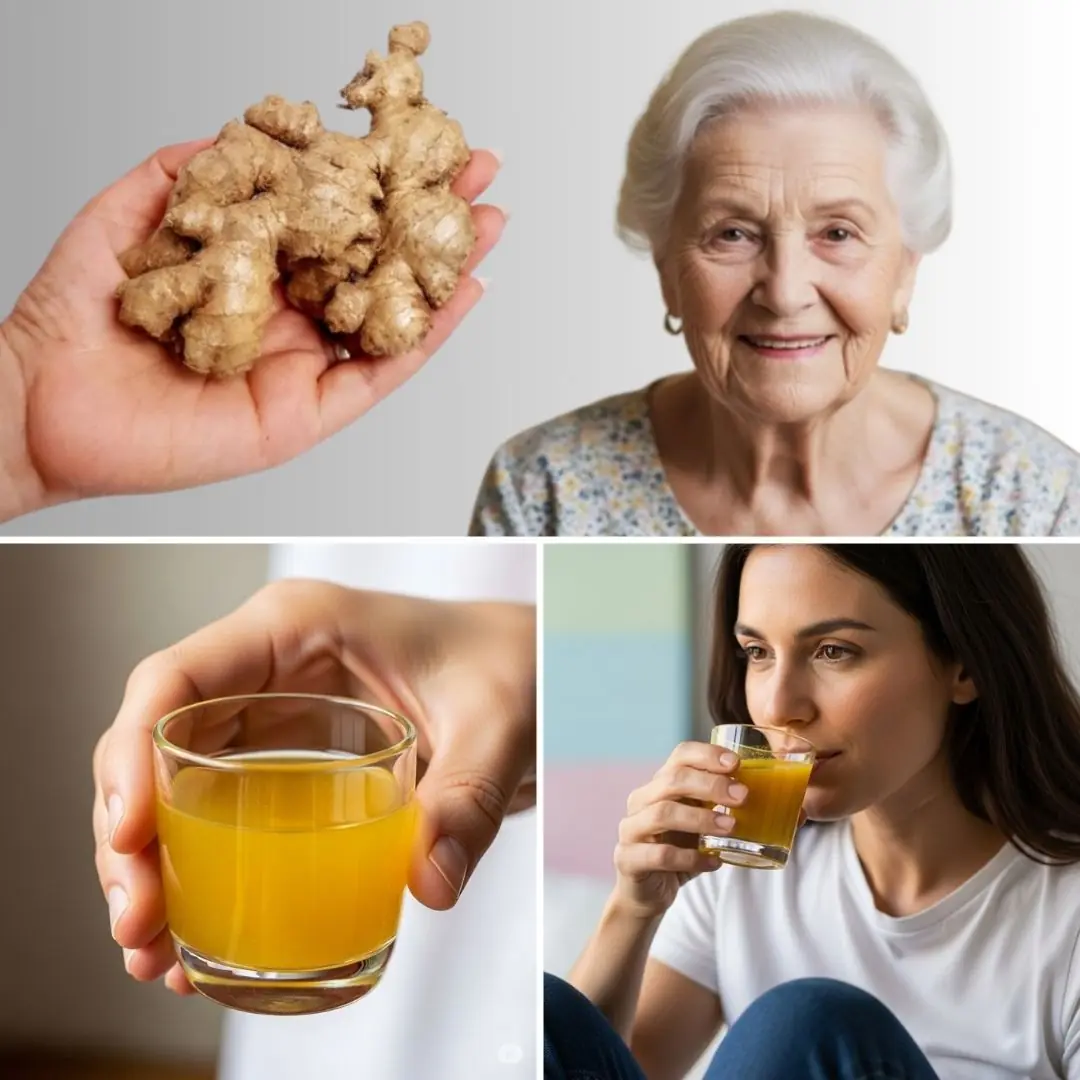
🍍 Why You’ll Love This Pineapple Lemon Ginger Fat Burning Juice

Kalanchoe Pinnata: The Miracle Leaf That’s Your Secret to Natural Healing

Can a Tea Really Support Heart Health? Natural Ways to Care for Your Arteries

Lemon and Apple: A Healthy Duo for Wellness and Vitality

🌿 Guava Leaves for Water Retention: A Natural Remedy That Works
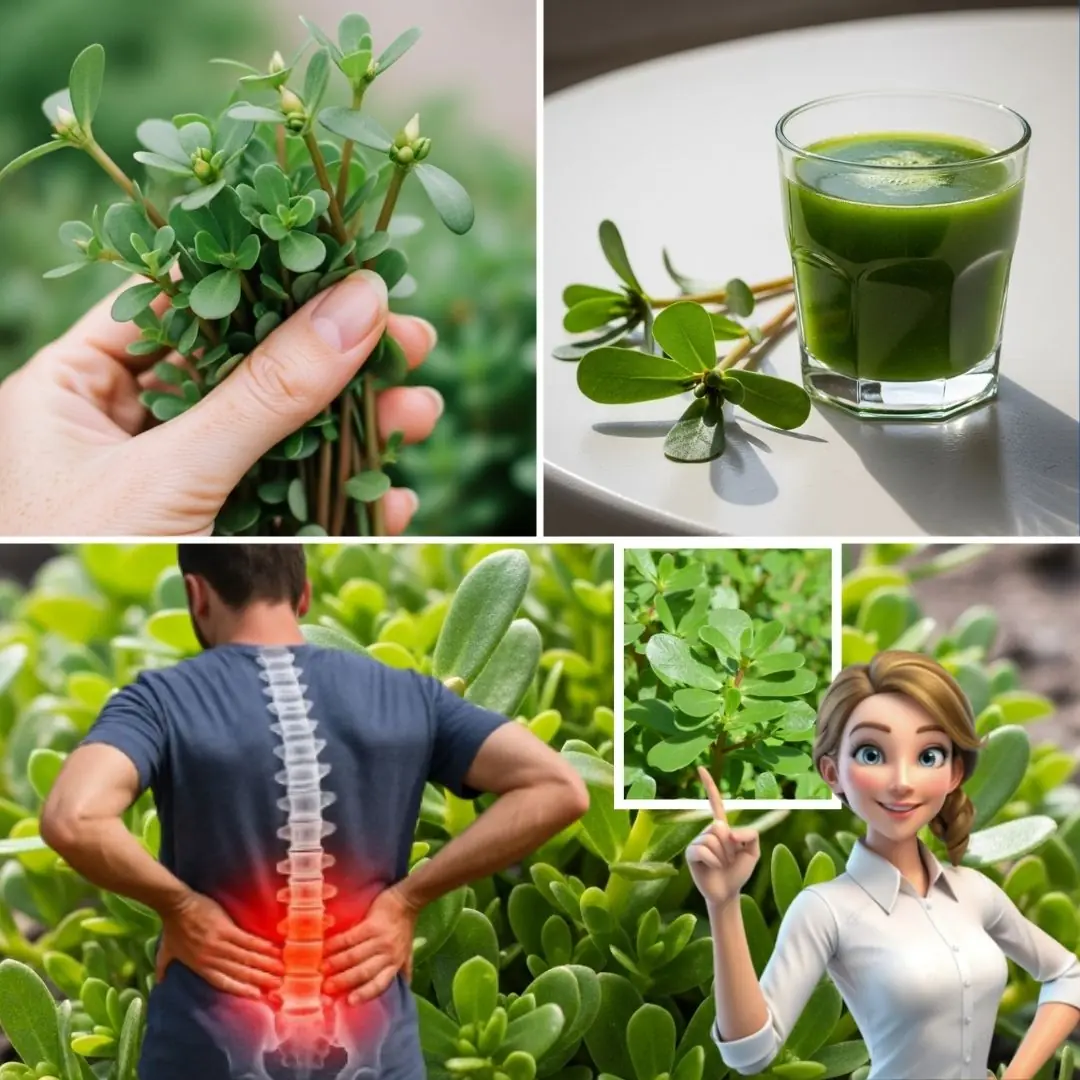
Purslane: The Superfood That Tastes Better Than Meat – 7 Reasons to Grow It in Your Garden

🥬 Unbelievable! Restore Your Vision Naturally with This Parsley Drink! 🌿👀

Sore Throat Relief: How Ginger Can Soothe Your Throat Naturally
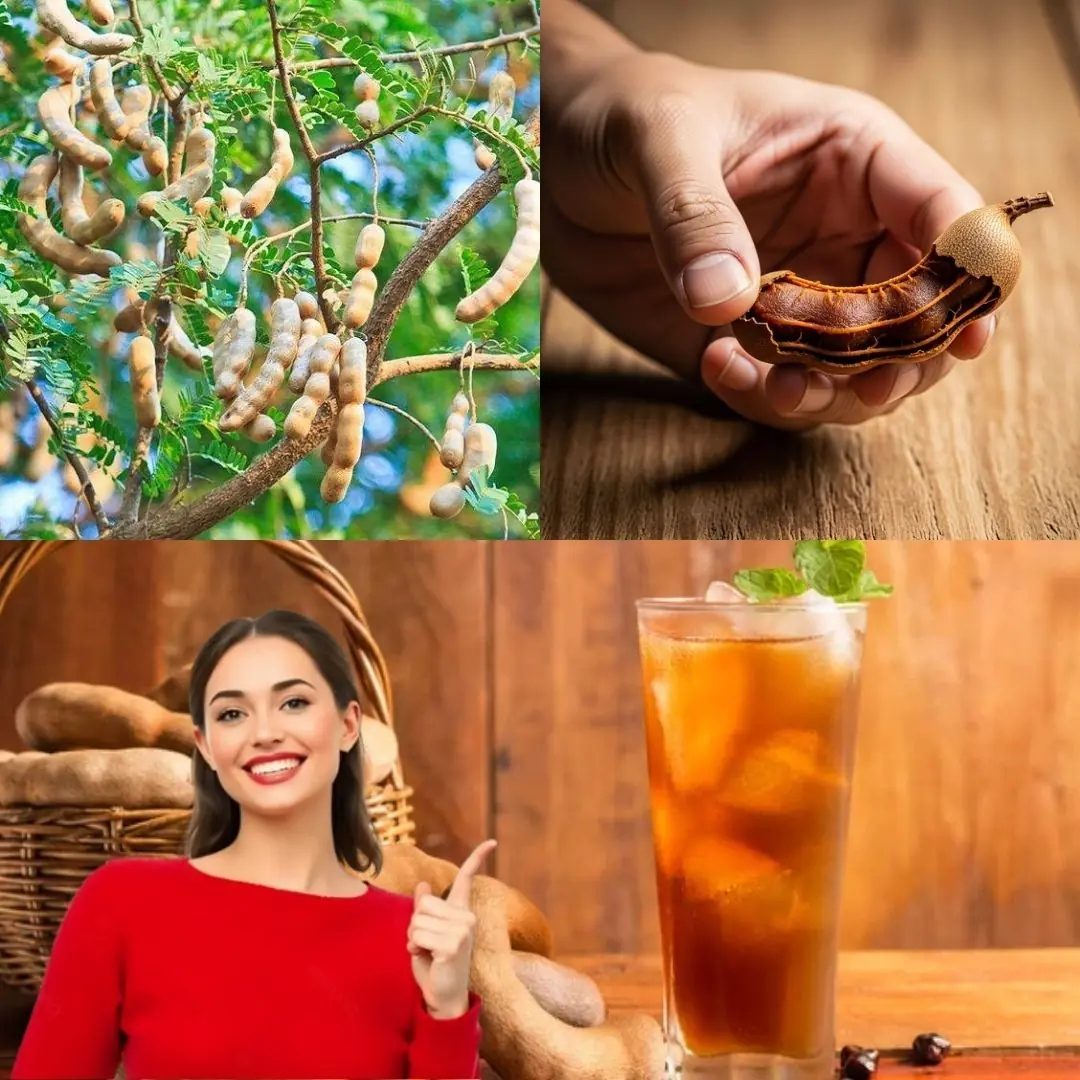
If You Know These 11 Benefits of Tamarind, You'll Want to Eat It More Often

Say Goodbye to Varicose Veins Forever with This Simple Natural Oil!

Avocado After 50: Here’s What Happens After 7 Days of Use

Lemon and Charcoal: A Natural Skin Care Secret to Save Money and Glow

Golden Energy: How Turmeric, Black Pepper, and Almond Milk Support a Healthier You

Eat These 9 Fruits Daily to Brighten Your Vision & Prevent Cataracts Naturally (Science-Backed)

The Plant That Closes Its Leaves When You Touch It – And May Support Your Health Naturally

Garlic: The Tiny Clove with Mighty Wellness Powers You Need to Know

Discover the Magic of Guava Leaf Tea: Your Secret to Vibrant Health

You Cannot HEAL Your KIDNEYS If You Don’t EAT These 15 Fruits!
News Post

🥒🍋 Mix Chayote and Lemon — You'll Thank Me When You Discover What It's For!

Every Breath You Take Alters Your Visual Perception

Popular Medications Millions Of People Take At Night Have Been Linked to Disabilities

10 Popular Ultra-Processed Foods Now Linked to Cancer, Study Confirms

A 9th-century onion and garlic remedy just killed 90% of antibiotic-resistant MRSA in lab tests

“If you’re that depressed, reach out to someone. And remember, suicide is a permanent solution to temporary problems.” – Robin Williams

The world’s first lung cancer vaccine enters clinical trials in seven countries

Simulation Shows Grim Reality of What Ozempic Does to Your Body Once Injected

Rising Kidney Failure in Young People: One Harmful Habit Many Are Unknowingly Practicing

5 Early Signs of Liver Failure: Seek Medical Help Early to Prolong Life – Number 2 Is Especially Common

7 Health Problems That Can Happen If You Don’t Drink Enough Water

Your Brain Is Still Feeling the Impact Of The Sleep You Got Two Weeks Ago, Science Says

Home Remedies to Treat and Prevent Ingrown Toenails (Onychocryptosis)

Blood Clot in Leg: Crucial Signs and Symptoms You Can't Afford to Ignore

20 Subtle Cancer Symptoms Many People Miss

Why You Should Blur Your House On Google Maps Before It’s Too Late

Harvard Prof Says Ancient Mars Was Home To Civilization Destroyed By Extraterrestrial Nuke

Former Bush Official Claims U.s. Built $21 Trillion Underground City For Elites To Survive Doomsday

Veteran Hacker Reveals Most Terrifying Dark Web Encounters After 30 Years Online
